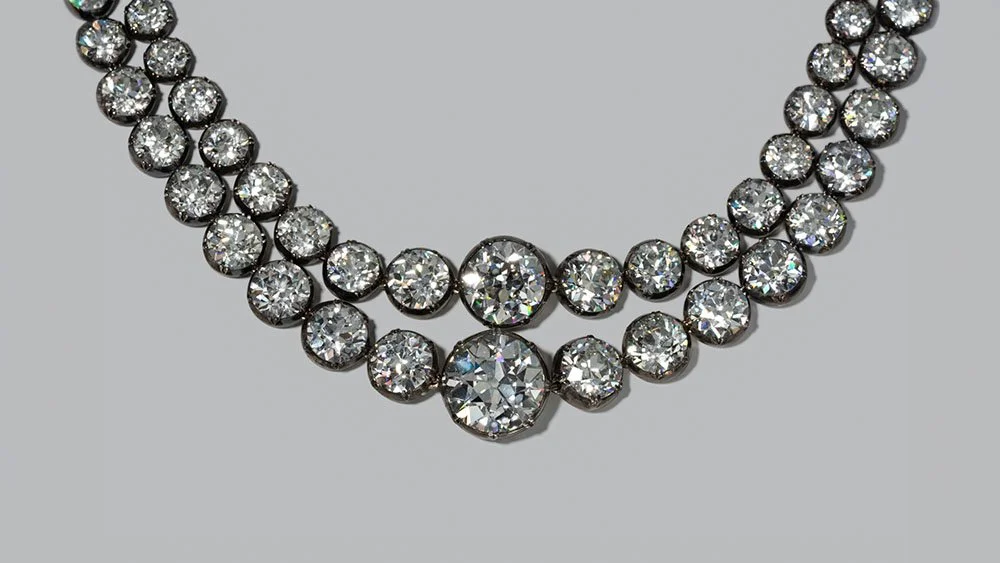Vintage Gems, Modern Worth: Understanding the Value of Your Estate Jewelry
From your grandmother’s Retro pieces to thought-provoking pieces found by chance at antique shops, vintage jewelry carries tales as old as time. These vintage treasures are popular in today's ever-changing market as they carry unparalleled historical, sentimental, and monetary significance.
Whether you're considering giving your heirloom jewelry a new life or are simply curious about its historical significance, taking the first step can be overwhelming. With over three decades of expertise and as a trusted partner in American and European luxury jewelry markets, Windsor Jewelers, Inc. is committed to helping you understand the worth of your vintage jewelry.
In this guide, we explore the factors that influence the value of vintage jewelry in modern markets, supporting you in making informed decisions.
Capturing Your Gaze Through the Ages
Art Nouveau suites, colored diamonds, filigree earrings —the charming character of vintage pieces effortlessly prompts a spark of curiosity and fascination. Whether it is the allure of owning something exclusive or the love stories behind Belle Époque diamond necklaces, there is no doubt that vintage jewelry has captured our gaze through the ages.
Antique and Vintage: Grasping a Glimpse of the Past
The word vintage describes something of age, with most vintage dealers considering jewelry to be vintage if it is between 30 to 99 years old. This timeframe separates vintage jewelry from antiques which are typically over 100 years old, and contemporary pieces which are modern creations.
Because vintage jewelry traces back to specific eras, they generally highlight unique aspects relating to the period they originate from. These attributes lend both cultural and historical importance. From Art Deco to the Bohemian era, features like artisan work, rarity of materials, and links to history play into their exquisite appeal in the eyes of enthusiasts and collectors. Lastly, unlike readily available contemporary pieces, the rarity of antique and vintage jewelry creations adds to its character and value.
Factors Influencing Antique and Vintage Jewelry Value
The value of vintage jewelry depends on several factors, including materials, craftsmanship, and historical significance.
Let's consider the historical context, for instance. The commencement of World War II massively hindered jewelry production in America and Europe. Materials like platinum and gold were restricted due to rationing so jewelry could only be made using 14k gold. Instead, jewelers compensated by mixing gold with metals like silver and copper and used citrine, amethyst, and topaz which were less prevalent in earlier jewelry designs.
A clear example of how the historic use of detailed artisanship influences an item's modern worth is in the Cartier Tutti Frutti bracelet. It features carved emeralds, sapphires, and rubies carefully placed in colorful patterns, making it a sought-after piece, last sold for a grand $1.3 million.
The Relevance of Time: Key Periods and Styles
Transcending time, antique and vintage jewelry preserves distinctive trends, patterns, and designs from different periods that captivate buyers.
At the start of the 20th century, the Art Nouveau movement drew inspiration from aspects of the natural world, with jewelers creating pieces picturing classic, feminine motifs of orchids, dragonflies, and snakes onto various metals using ancient but powerful enameling techniques. In contrast, Art Deco artisans created more daring styles with the introduction of brighter colors and bolder shapes that reflected the era’s freedom of expression, and symmetry and geometric design that reflected the era's technological advancements.
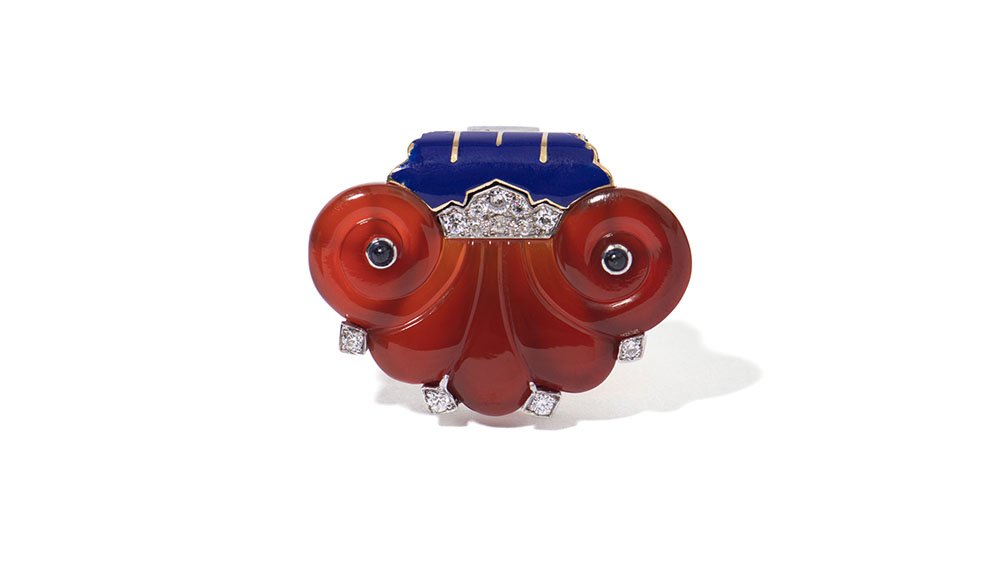
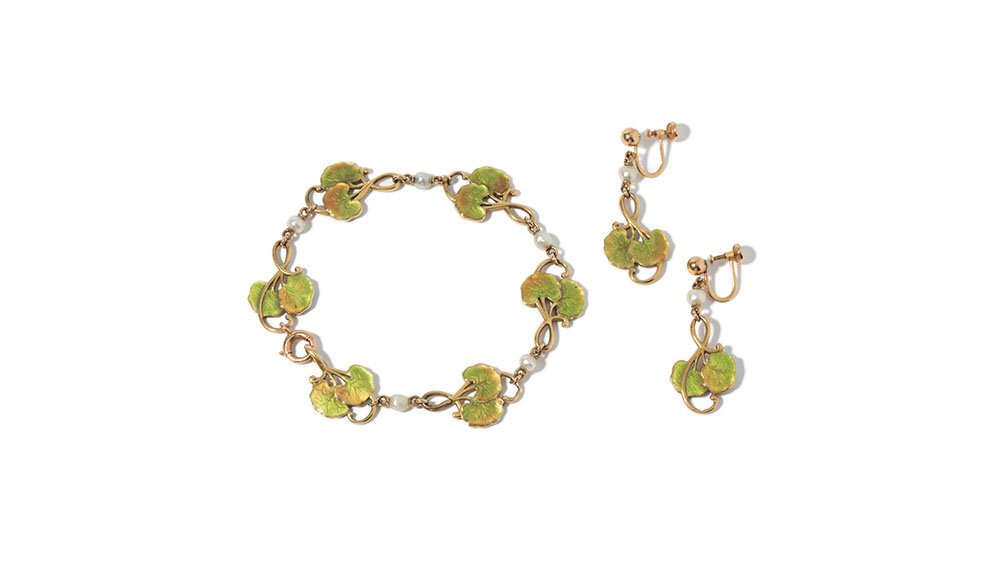

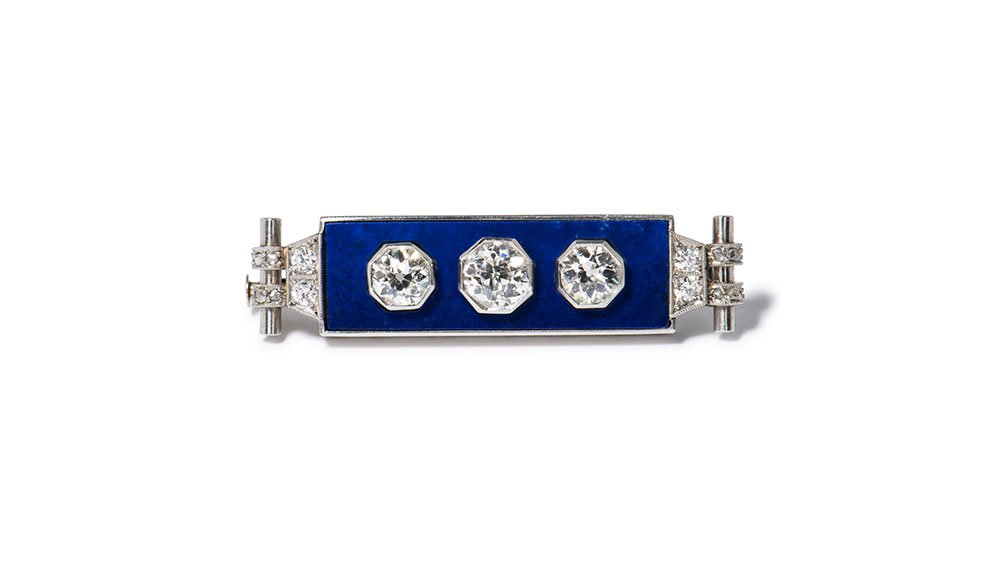
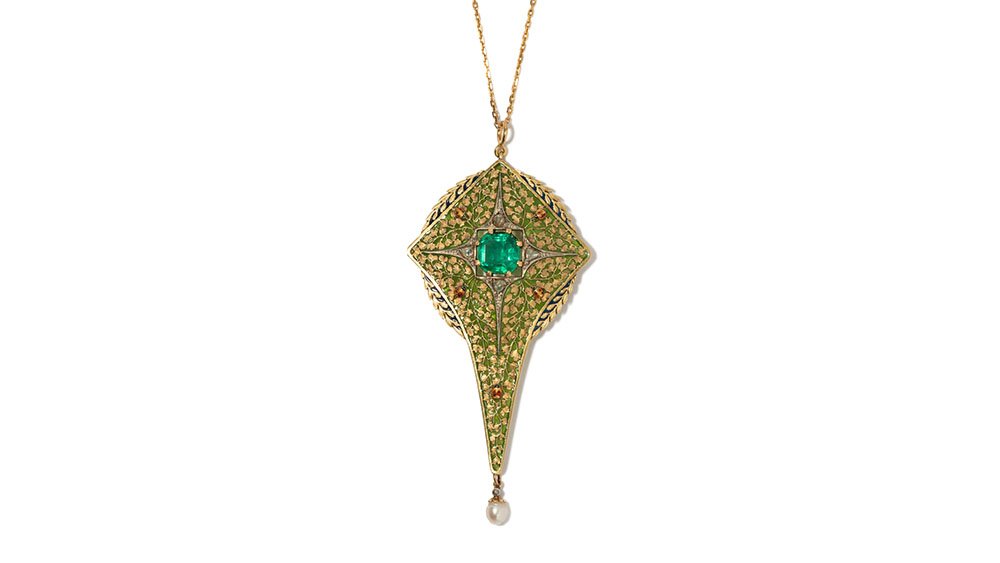
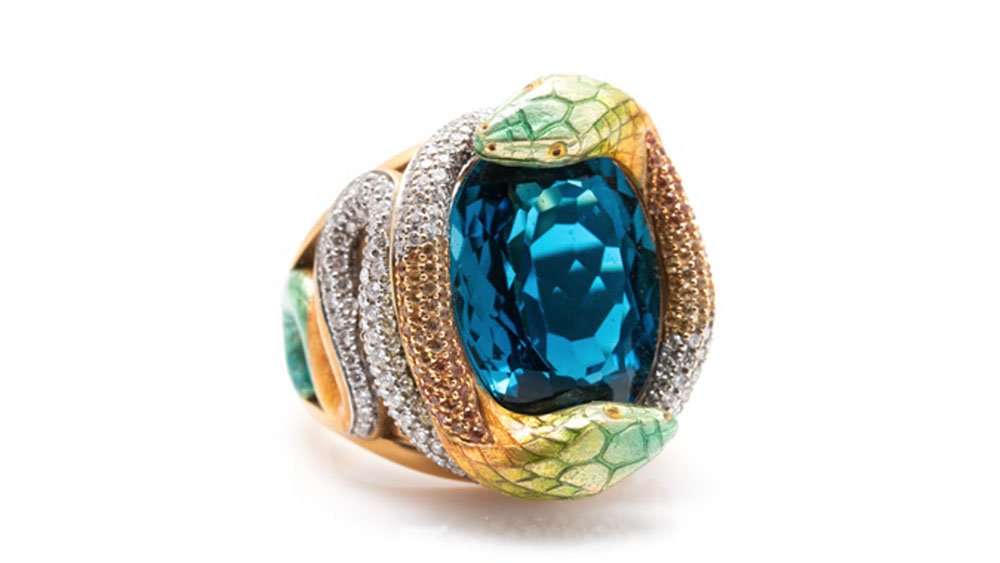
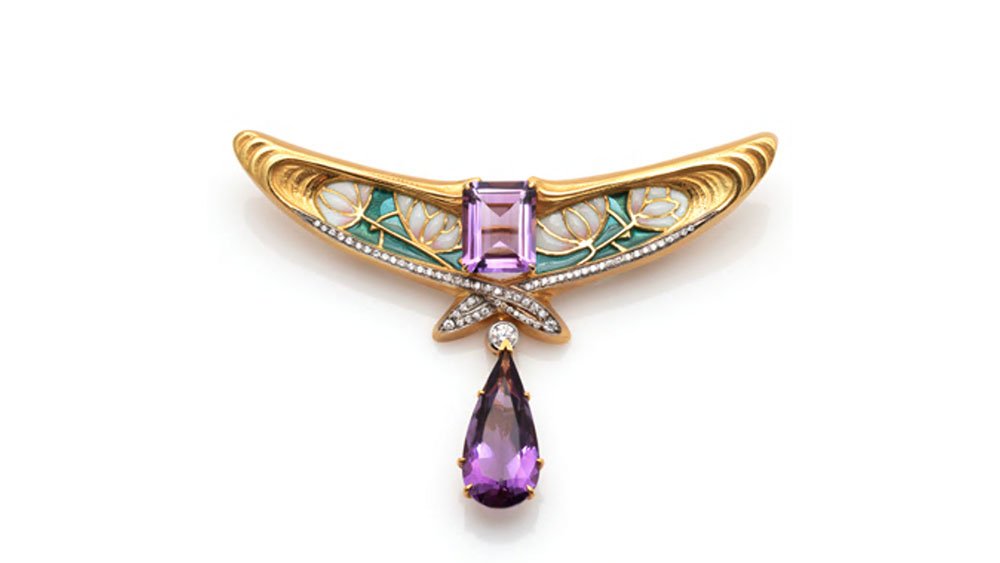
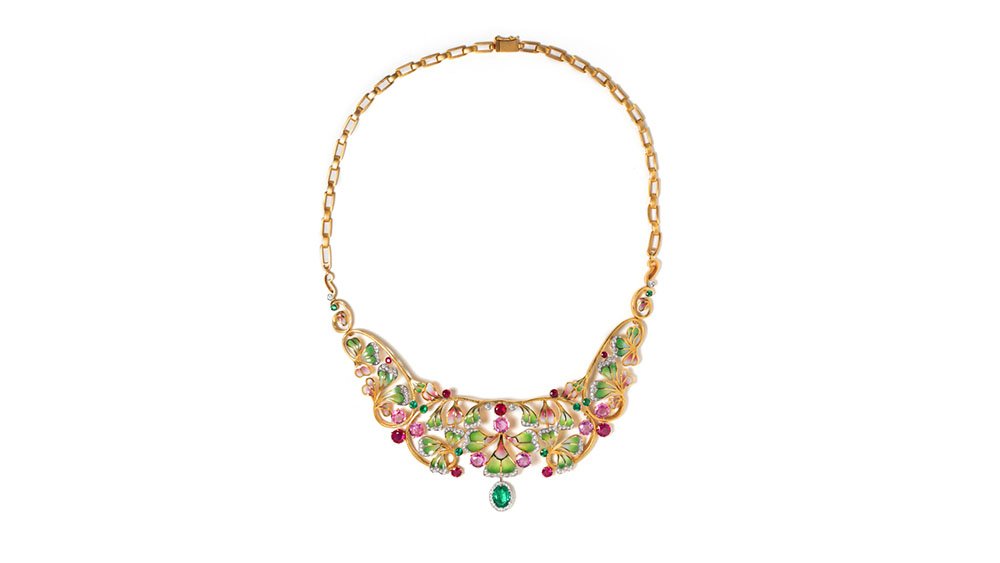
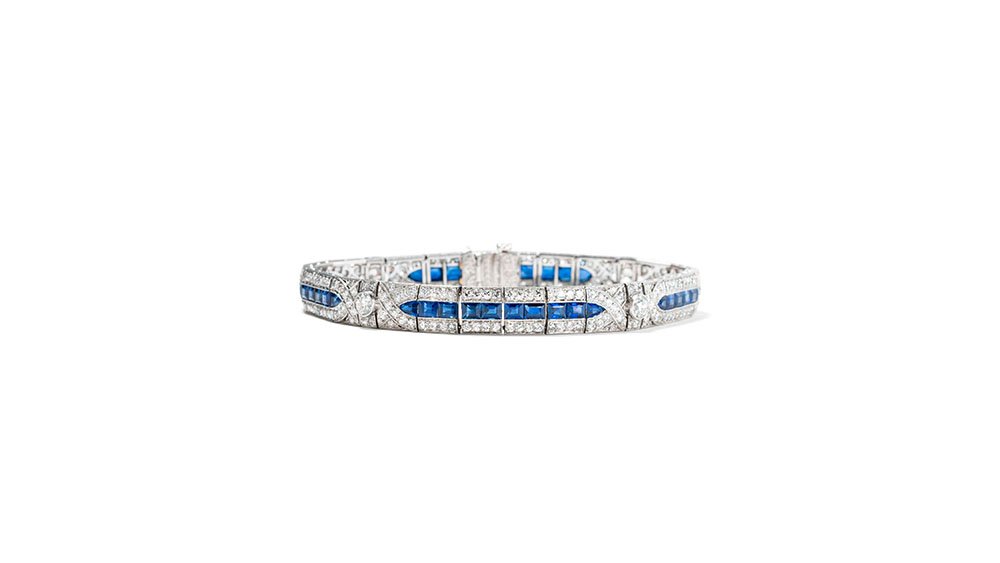
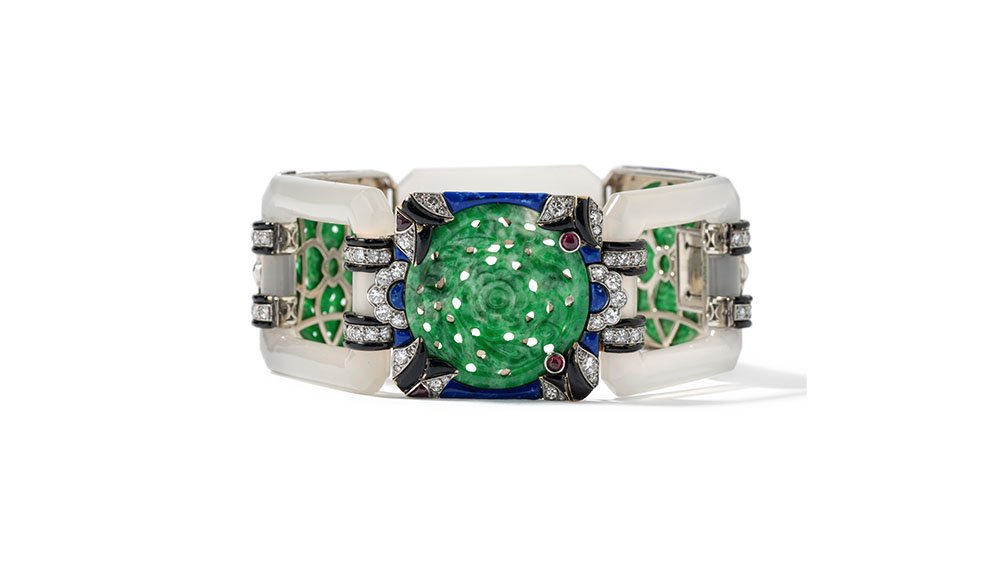
Around World War 1, soldiers began wearing wristwatches as a more convenient timepiece in place of pocket watches. Moving this item from the privacy of a pocket to the highly visible wrist created a new demand for timepieces. Today, men's watches are a huge sector of the fine jewelry industry.
The end of World War II and the rise of Hollywood's Golden Age in the 1940s-1950s birthed Retro jewelry. Eye-captivating pieces crafted from myriad materials symbolized the attempt to reintroduce fashion and glamor in the post-war years. The 1950s-1960s Mid-Century Modern decades oversaw the transition of jewelry toward sleeker and more sophisticated designs, appealing to those who appreciate the timeless. More recently, Bohemian jewelry mirrored the artsy and free-spirited movements of the 1960s and 1970s, featuring classic elements like beads and feathers.
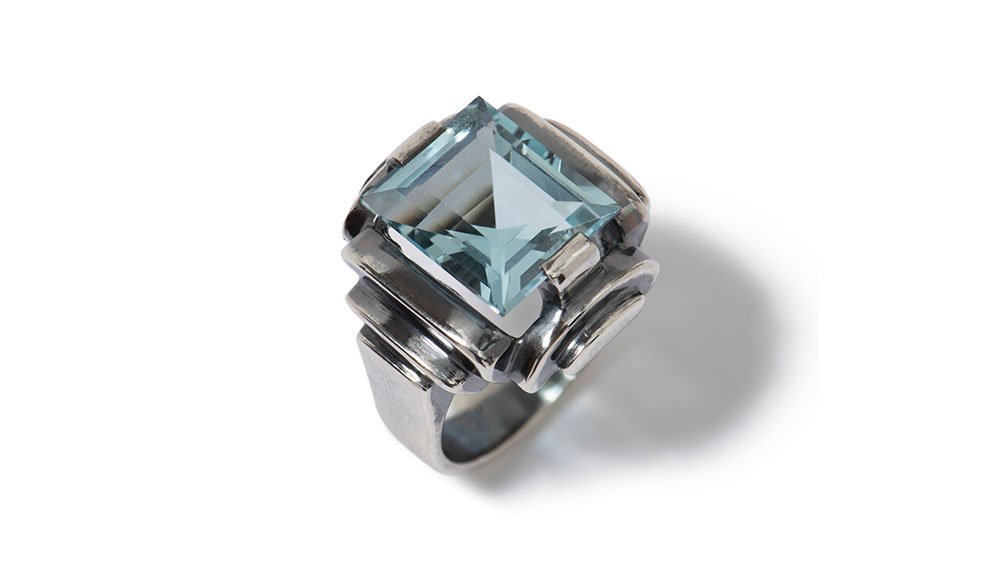
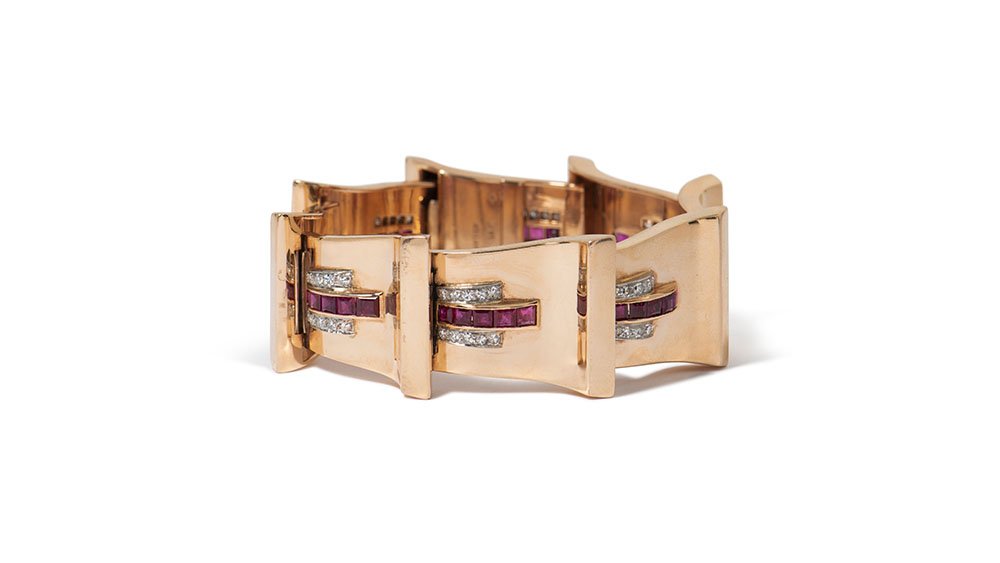
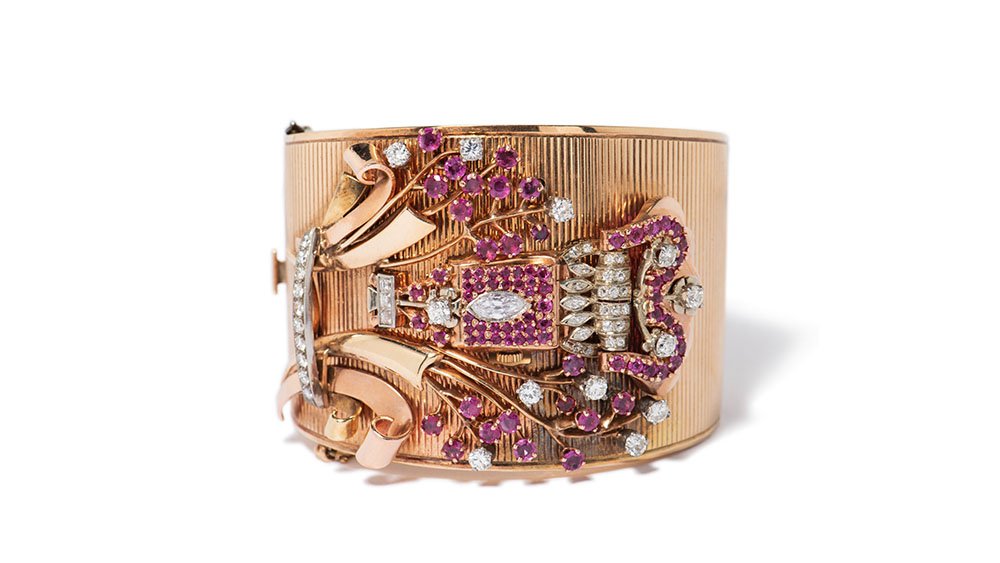



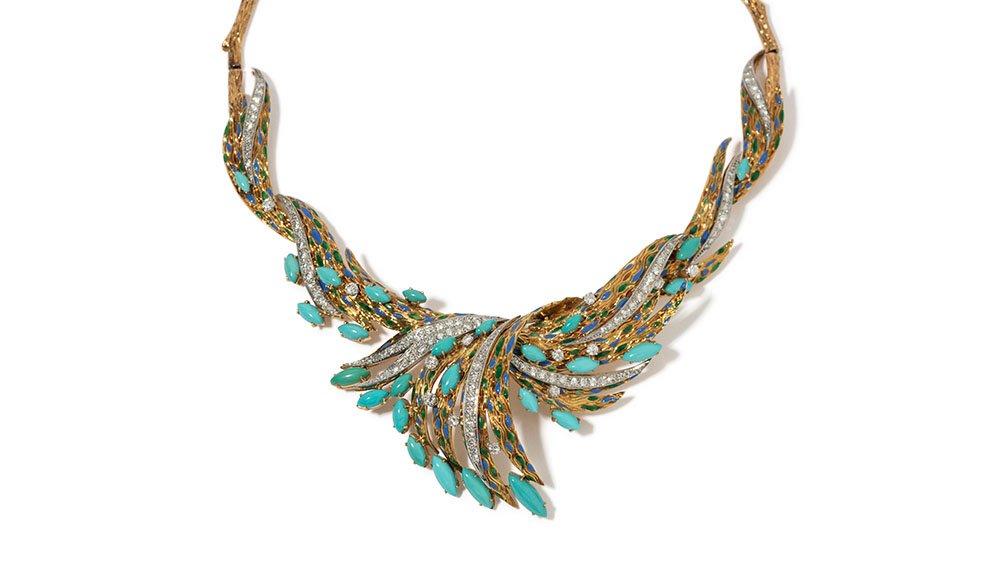
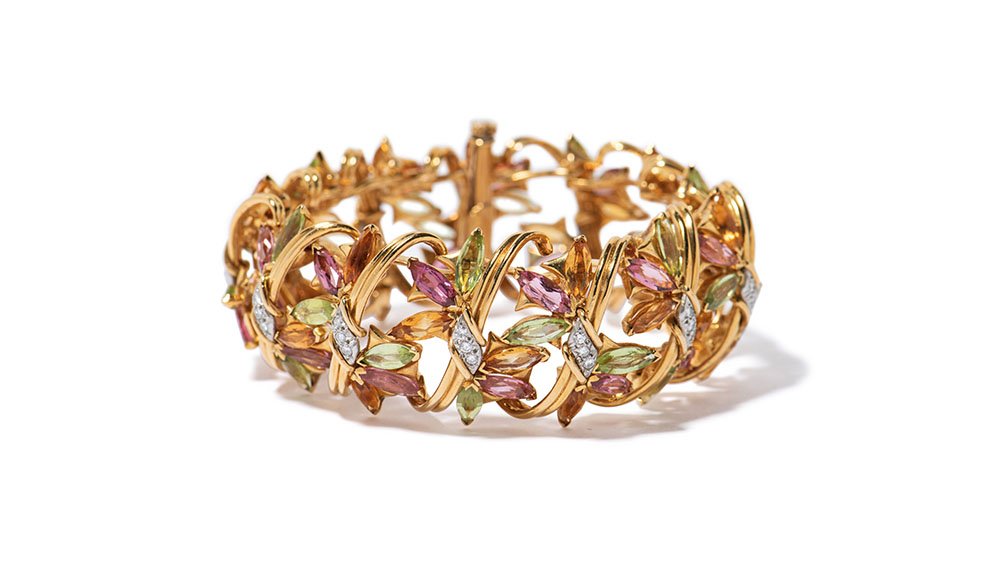
From Cut to Carat: Assessing a Gem's Worth
Accurately evaluating gemstones involves deep knowledge and expertise of a stone's qualities, including cut, clarity, and carat weight. A well-cut gem enhances the beauty of the final piece but also significantly impacts the stone's light performance and, therefore, visual appeal. Achieving larger stone sizes while preserving overall quality is no easy task for lapidaries. Consequently, this ties higher-carat weight gemstones to increased market worth.
Specific gemstones and colored diamonds are some of nature's rarest creations, significantly increasing the value of certain jewels. To illustrate, colored diamonds, such as the Mousaieff Red or the violet and green kinds, make up less than 0.1% of mined diamonds. One famous example is the 59.6-carat Pink Star, sold at $71.2 million in an auction in Hong Kong in 2017. Additionally, emeralds that exhibit outstanding clarity are another unusual find in the natural world. Such exclusive qualities make these diamond and gemstone varieties highly desirable acquisitions for prospective buyers who are willing to invest and pay hefty price tags—the basic principle of supply and demand.
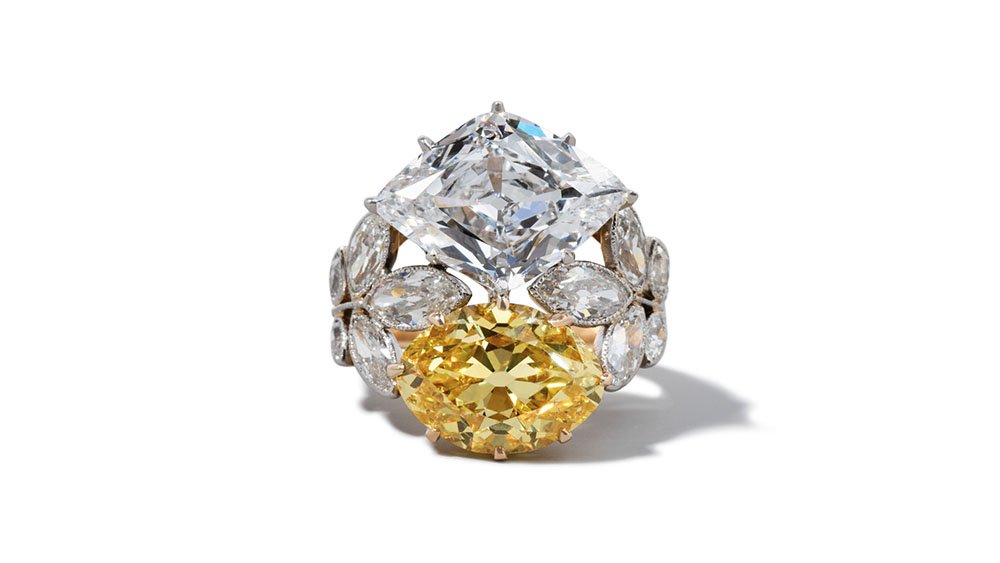
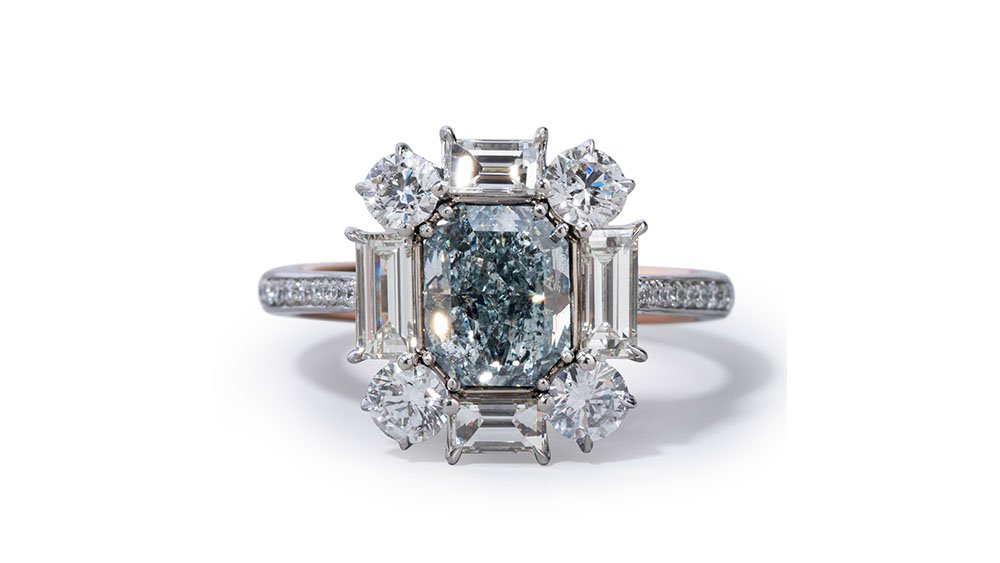
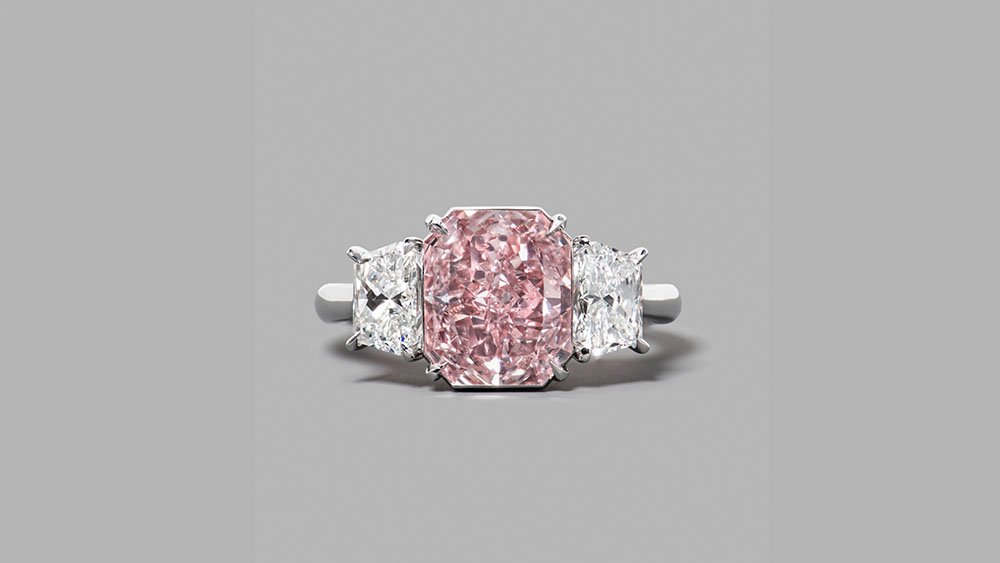
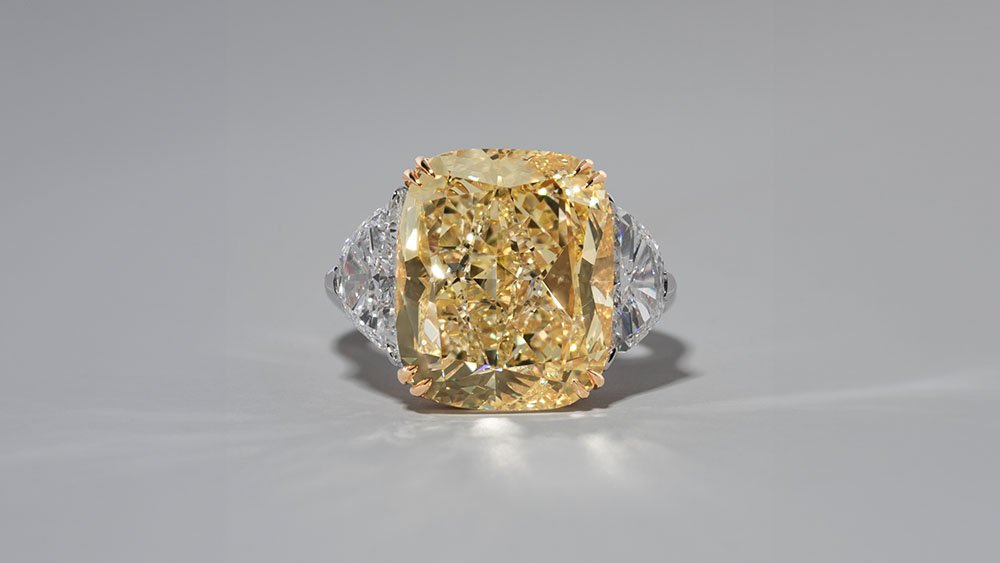
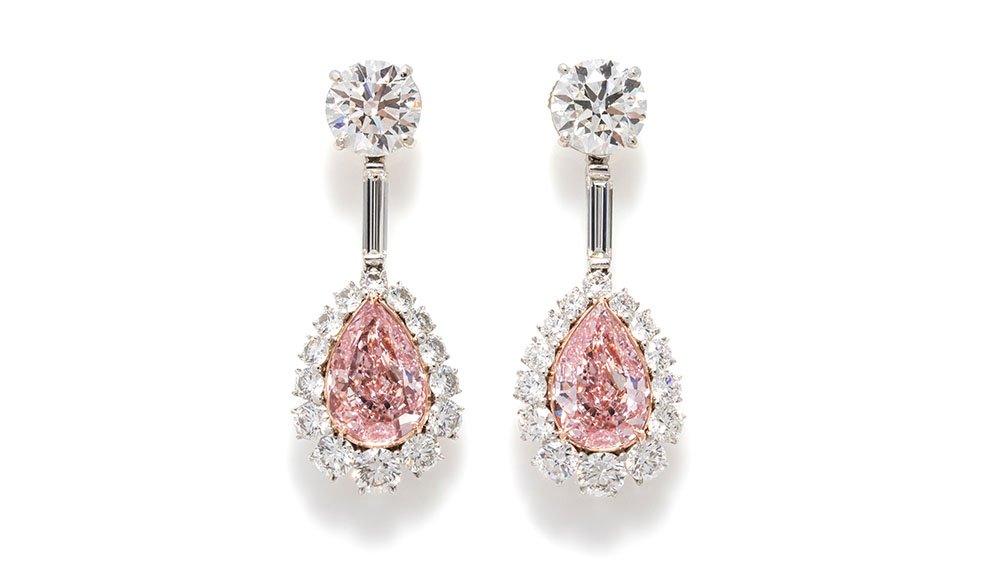
Understanding Hallmarks and Makings
Arguably, the most apparent benefit of hallmarks and maker's marks is confirming the authenticity and purity of a piece of jewelry. However, hallmarks and maker's marks can give buyers, collectors, and historians deeper cues to uncover meaningful facts about an item.
Maker's marks typically include manufacturer-specific details such as name, initials, and company logo. Original Cartier pieces, for instance, are engraved with the Cartier logo and a serial number that depicts a unique item. Bearing in mind that hallmarks and maker's marks can evolve, they can help antique dealers understand a piece's provenance. Van Cleef & Arpels jewelry reads either “Van Cleef & Arpels” or “VCA,” depending on the time of origin.
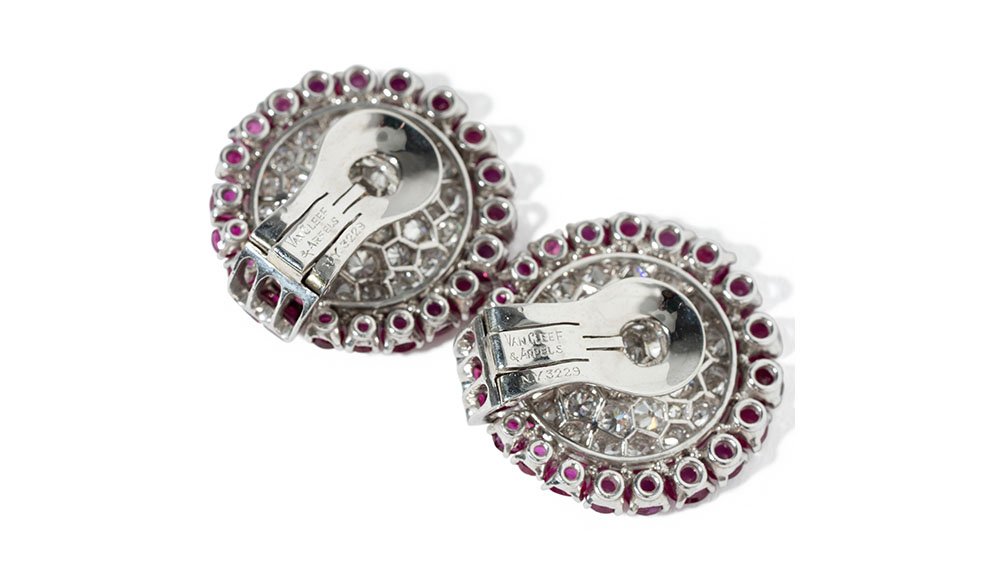
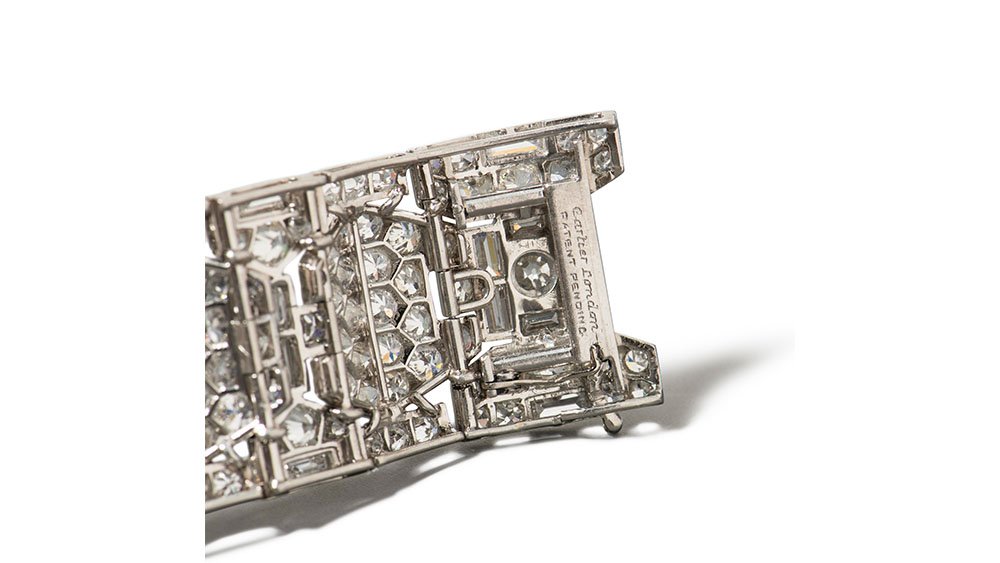
Hallmarks are also helpful for identifying metal types such as gold and silver from other materials. In the United States, the National Gold and Silver Stamping Act of 1906 requires the purity of precious metals to be engraved on the jewelry. Gold purity marks typically consist of a 2-digit number followed by the letter k, indicating the karat of gold, or a 3-digit number. For example, a stamp showing 18K or 750 means the item is 75% pure gold. Silver purity marks also employ 3-digit numbers to establish the silver content, with 925 being one of the most common. Other stamps for genuine silver are Sterling, STG, or STER.


Rarity and Collectability
Collectability is a balanced blend of craftsmanship, preservation, history, authenticity, and market demand.
Well-preserved pieces associated with renowned historical events and presented in their original packaging tend to spark a magnetic interest. Add a sprinkle of rare limited editions, intricate levels of manual labor, or rare naturally occurring gemstones, and their worth skyrockets. Together, these characteristics heavily influence the allure and value of vintage jewelry, as buyers and collectors tend to pursue specific items.
Provenance: The Relevance of History
A documented history of a singular jewelry piece is an invaluable tool for uncovering the narratives behind the creation — connecting the past with the present. Although not always available, this documentation typically provides:
Detailed metal and gemstone information
Authenticity for signed, designer pieces
A deeper understanding of a piece’s history
As a trusted authority, our mission at Windsor Jewelers, Inc. is to ensure the thorough assessment of your fine jewelry and watches, providing accurate valuations and preserving their character, history, and sentiment, offering you only the finest levels of customer service.
Fine Jewelry, Fine Experiences: Expert Valuations
Evaluating jewelry to determine its worth requires meticulous knowledge and tremendous expertise. You can trust us in our promise to provide you with the most accurate valuations established on comprehensive research and reliable processes. Our well-established relationships with art institutions, private collectors, estate attorneys, and appraisers are proof of our renowned reputation, guaranteeing a stress-free and blissful experience for each client.
Preserving and Enhancing Vintage Value
Jewelry ages—materials can oxidize, tarnish, show signs of wear, and even get damaged. Expert restoration and cleaning are critical to maintaining and enhancing the value of your heirloom and vintage treasures.
Unlike mainstream techniques, bespoke restoration and cleaning strive to mend jewelry without erasing its original history or character, thus finding a delicate balance between restoration and preservation, re-engaging the piece's allure without compromising its integrity.
Discover the True Value of Your Precious Gems with Windsor Jewelers
Antique and vintage jewelry offer beautiful glimpses into the past that harbor history and sentiment. Elements that help define the worth of any estate piece of jewelry include authenticity, historical relevance, purity of materials, rarity of gemstones, and market demand.
Discovering the stories behind your estate jewelry can be a meaningful journey. With Windsor Jewelers, Inc., you need not worry about undervaluations or poor customer service. As certified luxury jewelry experts, we promise you a personalized experience.
Contact us to uncover the stories, craftsmanship, and investment potential that make vintage jewelry truly priceless.


